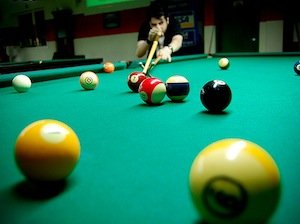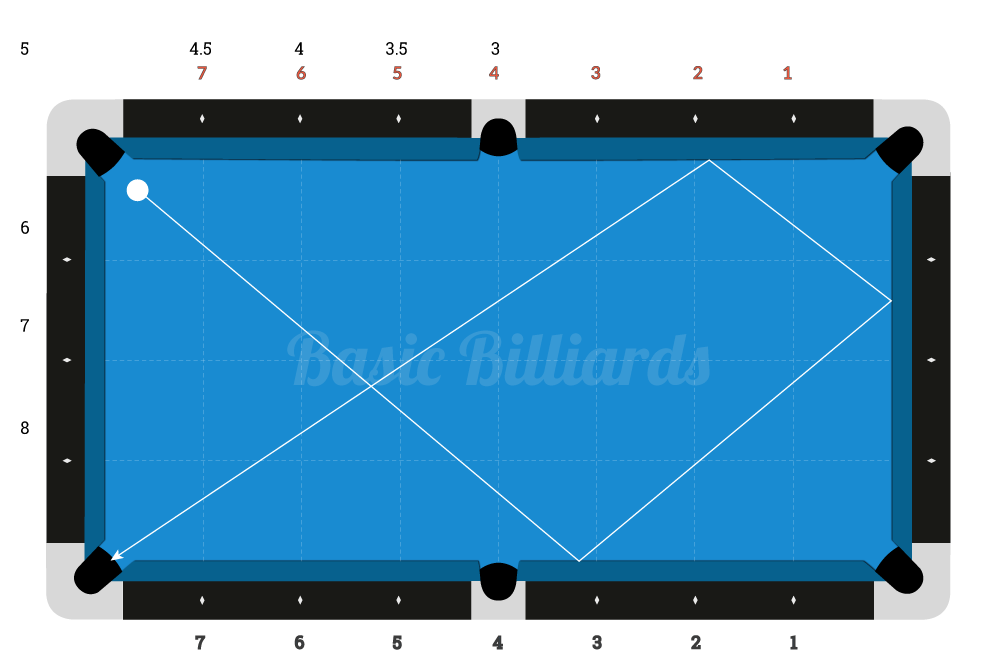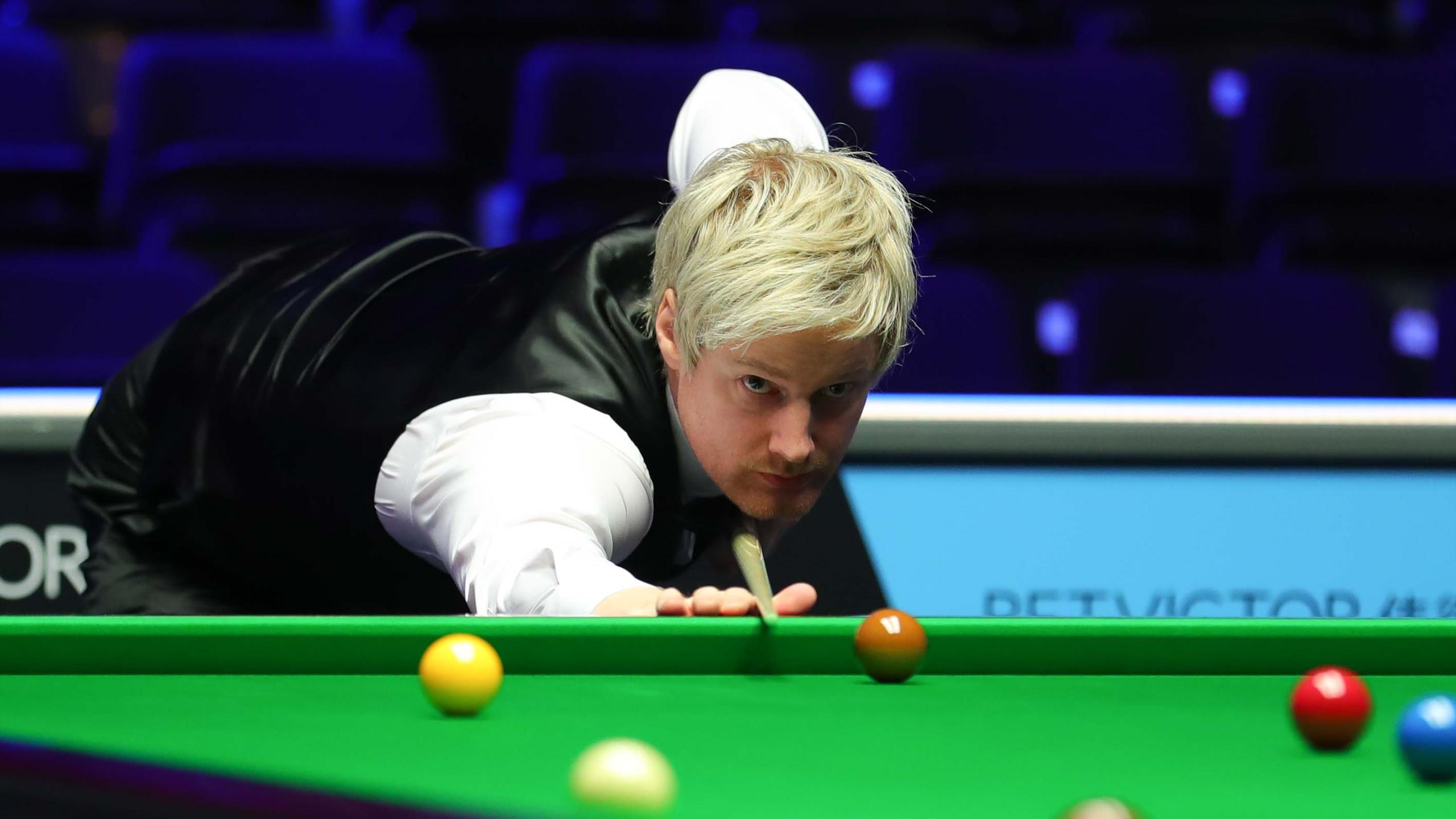
Snooker pool ball balls can be made from many different materials. These balls are available in a variety of colors and are generally smaller than pool balls. These balls use lighter tips and smaller cues. You can use the same cue regardless of how big the table is or what the rules are. These are some considerations if you own a table and wish to play snooker.
The colors of snooker pool ball balls
There are many options for colors in snooker ball balls. While some are neutral and complement each other, others are more striking. Blue and yellow pool balls are complementary. You can also get other pool balls to make your table unique. You can add class to your table by purchasing a set of Ultraviolet or granite balls.
Although most pool balls are made of solid red, snooker uses many different colors. These balls can be blue, yellow or green as well as brown. The cue ball's color is white. There are also striped balls.
Materials used to make snooker pool balls
There are many materials that can be used to make snooker pool balls. They were originally made of wood as it was cheap and easy to find everywhere. However, the material was not very durable and changed shape easily. There were alternative materials that could replace wood. In the nineteenth century, ivory was used to create the ball. The ivory balls were expensive and could only ever be used four times per elephant.

Over the centuries, the materials used in making snooker pools balls have evolved. It was easy to work from and cheap, so wood was the first material used. Europeans became more interested in other materials over time, and began to experiment with them. In the seventeenth-century, pool balls were made using elephant tusks.
Dimensions of a snooker table
Snooker tables are larger than pool tables and have more features and accessories. Players need to be able control the ball, and the playing surface should be smooth. A cloth is used to cover the playing surface. It can be made from nylon or wool. Both of these materials are expensive, but are also durable and can last for years. You should consider the dimensions of the table and the materials that were used in making it.
There are three types of snooker table sizes. WPA's standard table has large, angular pockets. The WEPF table has smaller pockets. WPA tables have pockets two to three times larger than standard snooker balls. The WEPF table uses balls that are two to two+1/4 inches (51-54 mm), while the WPA standard table uses smaller balls.
Rules for snooker pool games
There are many rules and regulations to snooker. The goal is to score as many points as possible against your opponent. You can do this by getting your opponent to foul or potting balls. To determine who wins the game, flip a coin. Each player places their cue ball in the D-shape. The goal of the game is for the red ball to be placed in the pocket.
It is considered a foul if the cueball touches a ball that cannot go on. If the cue ball hits another ball, the player must play away from the ball. This applies even if the other player has nominated the ball.

Snooker pool balls available
Snooker involves using snooker pool ball balls. Each snooker table set includes twenty-two snooker balls. This includes a rack of fifteen red and six white balls. Numbering the balls gives an indication of their points value. There are two types of snooker balls available: the Aramith and English styles.
Snooker pool balls are available in a variety of materials. Wood was the first material used to make snooker pool balls. It was easy to produce. Europeans became more interested in exotic materials as they developed a preference for ivory. Ivory became the preferred material to make pool balls by the 17th Century. Eventually, however, elephants' tusks became endangered and manufacturers sought to find alternatives.